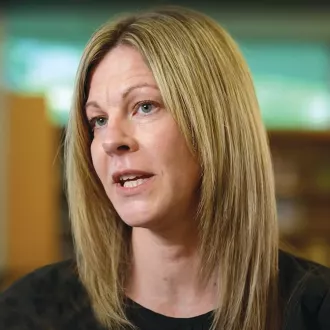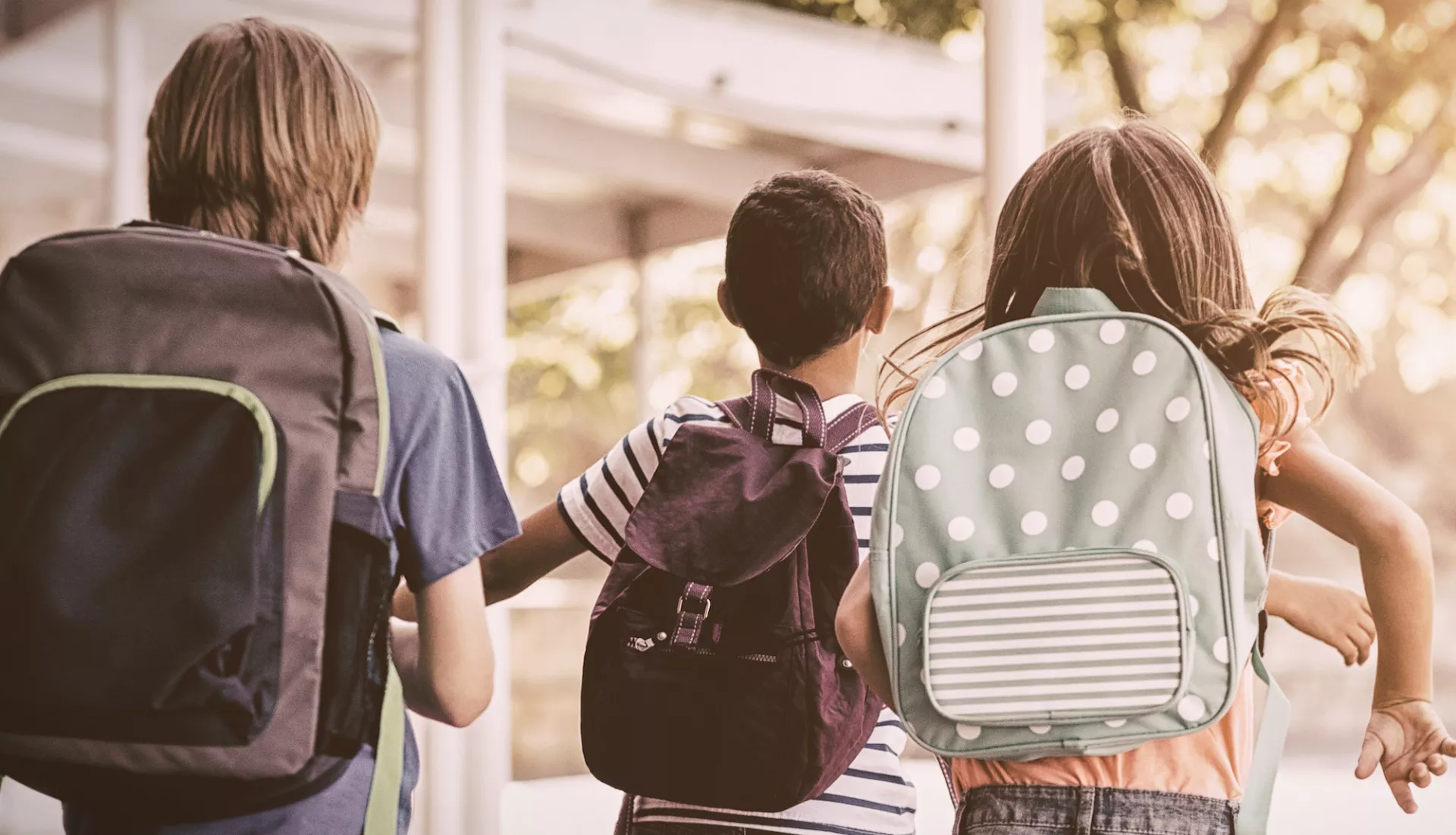President Joe Biden’s American Rescue Plan (ARP), passed in March 2021, set aside nearly $170 billion in School Rescue Funds for public schools. This single-largest investment in the nation’s schools was designed to address pandemic recovery, with a focus on addressing historical inequities in public education.
The law—which requires all remaining funds to be spent or allocated by September 2024—mandates that educators unions are included in discussions about how the School Rescue Funds can be best used.
So how have districts used the funds so far, and what difference has this investment made in the lives of students and educators?
Mitigating needs
The federal money stabilized state education budgets and school districts. Early on, many districts used the funds to support virtual learning with new technology and broadband access. Later, the funds helped schools safely resume in-person learning with personal protective equipment, new cleaning protocols, and COVID-19 testing, among many other necessities. Subsequent funds have largely supported academic recovery and mental health needs.
NEA’s state and local affiliates had a hand in making sure the resources were put to good use. For example, the Michigan Education Association advocated for School Rescue Funds to be used to expand its Resilient Schools Project, originally launched in 2018.
The program promotes restorative practices, such as calming corners in every classroom. A behavior support team trains staff, models strategies, develops intervention plans, and conducts home visits. The project has led to a drastic increase in test scores and a decrease in violent incidents.
“We really do focus on the whole child, making sure to meet their social and emotional needs, and just making sure that every student is comfortable in the classroom and ready to learn,” says Sarah Jasso, an English teacher at Lincoln Park High School, one of the state’s resilient schools.
Next steps
Rescue funds can also be used to address issues that predate the pandemic, such as educator shortages.
Some states and districts have dedicated the funds to retention and recruitment efforts and to diversifying the teaching workforce. But while one-time bonuses may have had a positive short-term impact, they will not solve the educator shortage. Providing competitive career pay and improving benefits like health insurance and paid family leave will.
Quote bySarah Jasso , English teacher at Lincoln Park High School

How have school districts and states spent School Rescue Funds so far?
Districts and local education agencies control 90 percent of School Rescue Fund spending. The most comprehensive data available covers 7,000 school districts, accounting for $93 billion. Remaining funds must be spent or allocated by September 2024.
Ten percent of School Rescue Funds have been set aside for state-level spending. Here’s how states have allocated the money so far:
Get Involved
Find out more about the School Rescue Funds, and how to advocate for their good use.



